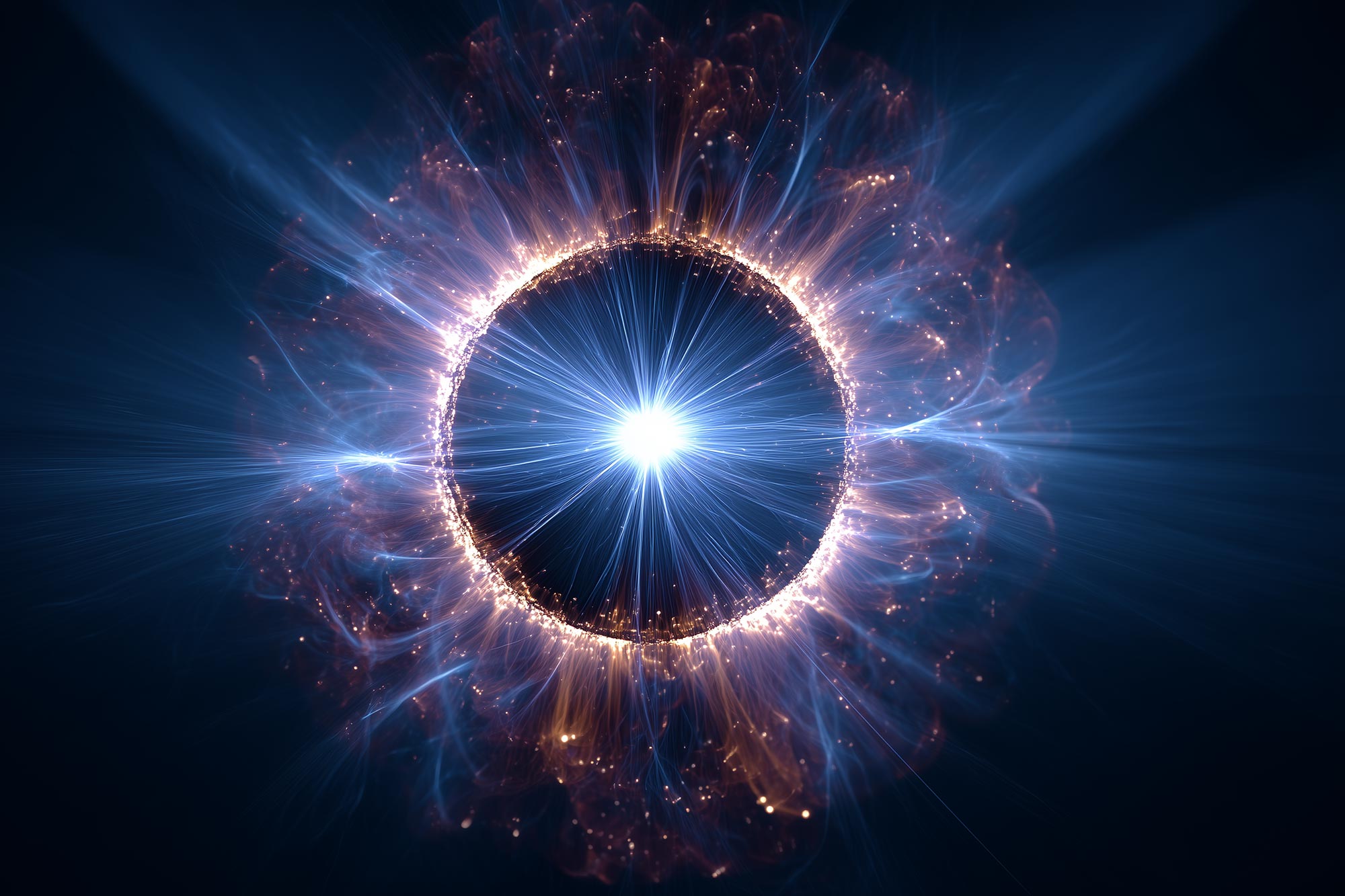MIT Professor Emeritus Rainer Weiss ’55, PhD ’62, a renowned experimental physicist and Nobel laureate whose groundbreaking work confirmed a longstanding prediction about the nature of the universe, passed away on Aug. 25. He was 92. Weiss conceived of the Laser Interferometer Gravitational-Wave Observatory (LIGO) for detecting ripples in space-time known as gravitational waves, and was later a leader of …
Read More »Science
Dinosaur Teeth Unlock Secrets of Earth’s Ancient Climate
Teeth of a Camarasaurus, found in the Morrison Formation, USA, which were also analyzed in the research. Credit: Sauriermuseum Aathal A new method allows scientists to reconstruct carbon dioxide levels and photosynthesis from fossilized tooth enamel. A surprising new line of evidence is providing fresh insights into Earth’s ancient climate. Fossilized dinosaur teeth reveal that the atmosphere during the Mesozoic …
Read More »Moon photobombs the sun in wild NOAA satellite image photo of the day for Aug. 27, 2025
To study the sun, scientists use a specialized telescope called a coronagraph. This instrument mimics a solar eclipse by using a occulting disk to block out the sun’s bright light. By doing this, astronomers can study the fainter solar atmosphere, the sun’s corona, that’s hard to see when viewing the entire sun. However, recently, a coronagraph used by the National …
Read More »NASA Seeks Volunteers to Track Artemis II Mission
NASA seeks volunteers to passively track the Artemis II Orion spacecraft as the crewed mission travels to the Moon and back to Earth. The Artemis II test flight, a launch of the agency’s SLS (Space Launch System) rocket and Orion spacecraft, will send NASA astronauts Reid Wiseman, Victor Glover, and Christina Koch, along with CSA (Canadian Space Agency) astronaut Jeremy …
Read More »Earliest evidence found of humans and Neanderthals interbreeding
A child’s skeleton, found nearly a century ago in Skhul Cave on Mount Carmel in Israel, has taken on new meaning after a modern re-analysis. A fresh look at the skull and jaw, dated to roughly 140,000 years ago, suggests that the remains show a blend of Homo sapiens and Neanderthal traits. The authors say this specimen is …
Read More »These Stars Don’t Burn – They Annihilate Dark Matter
Mysterious “dark dwarfs” may glow eternally by burning invisible dark matter — and spotting them could finally crack one of the universe’s greatest mysteries. (Artist’s concept.) Credit: SciTechDaily.com Astronomers may have discovered a whole new type of star — mysterious “dark dwarfs” that could glow forever by feeding on dark matter, the invisible substance thought to make up most of …
Read More »Why You Should Add Weights to Your Stretching Routine – The New York Times
Why You Should Add Weights to Your Stretching Routine The New York Times Source link
Read More »The Cosmic “Hand of God” Just Got Even Stranger
A pulsar known as the “Hand of God” reveals strange filaments, patchy remnants, and puzzling signals, leaving scientists searching for answers. Credit: X-ray: NASA/CXC/Univ. of Hong Kong/S. Zhang et al.; Radio: ATNF/CSIRO/ATCA; H-alpha: UK STFC/Royal Observatory Edinburgh; Image Processing: NASA/CXC/SAO/N. Wolk A stunning new composite image captures the hand-shaped nebula MSH 15-52 along with the remains of the supernova that …
Read More »Scientists Engineer Yeast to Create Honey Bee Superfood – Colonies Grew 15-Fold
Bees feeding on a synthetic pollen substitute – credit, Caroline Wood, Oxford U news A study team from Oxford University has identified a fermentation method that creates the perfect balanced diet for honey bees who can’t get enough natural pollen. Synthetic pollen substitutes are often fed to bees as a dietary supplement to natural pollen, but until now it’s been …
Read More »Warped spacetime with surprise ‘double-zoom’ reveals radiation around distant supermassive black hole
Thanks to a theory put forward by Albert Einstein over 100 years ago and a happy coincidence, astronomers have discovered radiation being pumped out from the core of a quasar — within which a supermassive black hole lurks. The team, led by Matus Rybak of Leiden University, made the discovery while hunting for cold gas in the galaxy RXJ1131-1231, an …
Read More »







